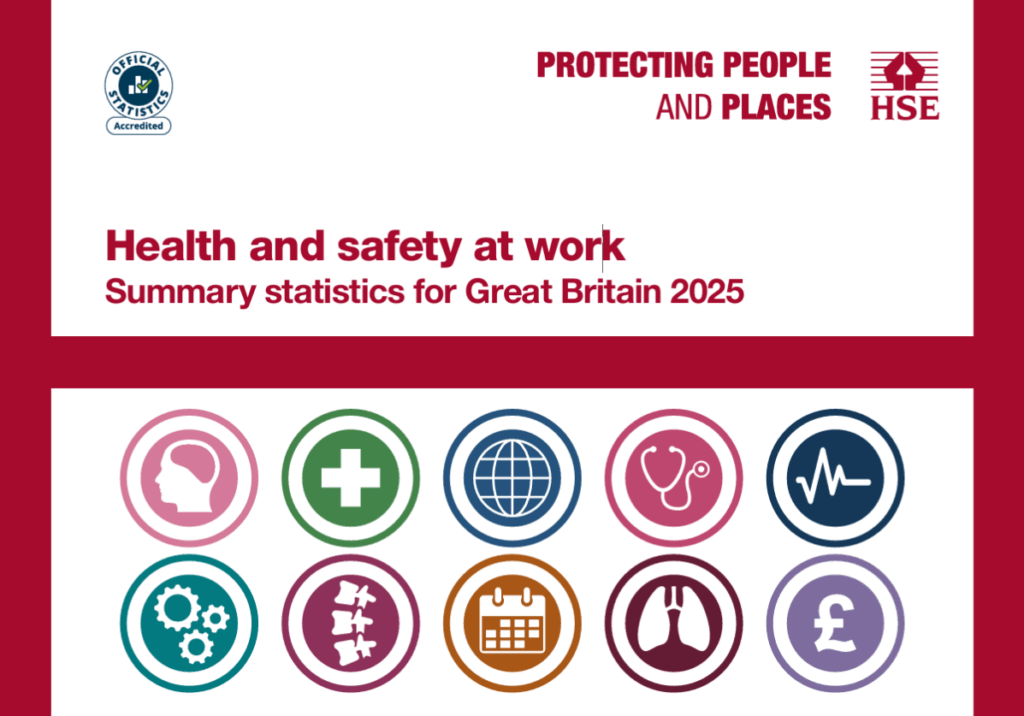The history of asbestos use and its widespread regulation is indicative of how workplace safety evolves over time.
Once hailed as a miracle material for its fire-resistant properties, asbestos has become synonymous with occupational health hazards, from irritable lung conditions to mesothelioma, a devastating form of cancer. Over the decades, our understanding of asbestos risks has grown, hugely improving PPE legislation, exposure protocols and overall asbestos safety measures.
Read on to learn about how asbestos regulation has progressed since its popularity in the1960s.
The Early Days: Limited Awareness and Protection
In the early 20th century, asbestos was widely used in construction, shipbuilding, and manufacturing. Workers often handled asbestos with little to no protection, unaware of the grave health risks.
Personal Protective Equipment (PPE) was rudimentary at best, often limited to basic dust masks that provided inadequate protection against asbestos fibres.
The 1960s-1970s: Growing Concerns and Initial Regulations
As the link between asbestos exposure and serious health conditions like mesothelioma became clearer, greater regulations were put in place to protect workers. The Asbestos Regulations 1969 marked a turning point, introducing some measures to control workplace asbestos dust.
However, PPE was still basic, typically consisting of simple respirators and disposable overalls.
The 1980s-1990s: Enhanced Regulations and Improved PPE
This period saw a dramatic shift in asbestos safety approaches. The government introduced more stringent regulations, including the Control of Asbestos at Work Regulations 1987.
PPE legislation evolved to require more effective protective gear. Respirators became more sophisticated, with high-efficiency particulate air (HEPA) filters becoming standard. Full-body protective suits, often made of Tyvek material, became mandatory for workers dealing with asbestos.
The 2000s: Comprehensive Asbestos Management
The turn of the millennium brought a new era of asbestos safety.
The Control of Asbestos Regulations 2006 (later updated in 2012) introduced comprehensive measures for managing asbestos risks. Key improvements included:
- Mandatory asbestos surveys for buildings built before 2000
- Stringent licensing requirements for asbestos removal work
- Enhanced training requirements, including the introduction of the asbestos awareness course for workers potentially exposed to asbestos
PPE advancements in this era included:
- Powered respirators with positive pressure systems
- Improved protective suits with better sealing at wrists, ankles, and face
- Disposable gloves and footwear designed specifically for asbestos work
Current Standards: State-of-the-Art Protection
Today’s asbestos safety measures represent the culmination of decades of research and regulatory development. Current PPE for asbestos work typically includes:
- Full-face respirators with P3 filters or powered respirators for higher-risk work
- Disposable coveralls with elasticated cuffs and ankles, often with a hood
- Disposable gloves and boot covers
- Decontamination units for proper cleaning and disposal of contaminated PPE
Plus, exposure protocols have also advanced significantly:
- Strict air monitoring requirements during asbestos work
- Detailed risk assessments before any work involving potential asbestos exposure
- Controlled work zones with negative air pressure to prevent fibre spread
- Rigorous decontamination procedures for workers and equipment
The Role of Training in Modern Asbestos Safety
The emphasis on asbestos training has increased vastly in recent years. Asbestos awareness courses have become a cornerstone of safety protocols. This training ensures that workers can:
- Recognise asbestos-containing materials
- Understand the health risks associated with asbestos exposure
- Know the proper procedures to follow if asbestos is suspected or encountered
- Understand the importance of proper PPE use and maintenance
Summing Up
While workers today are more protected from asbestos than ever, as long as asbestos remains in older buildings and structures, ongoing vigilance and training are essential. Staying current with the latest safety measures is paramount for those working in industries where asbestos exposure is a potential risk.
HCS Safety offers asbestos awareness courses covering the latest asbestos safety protocols and PPE requirements. Our UKATA-approved half-day course is essential for building maintenance personnel, including plumbers, electricians, and demolition contractors.
Contact HCS Safety today to book your asbestos awareness training and ensure you know how to stay safe in potentially hazardous environments.




